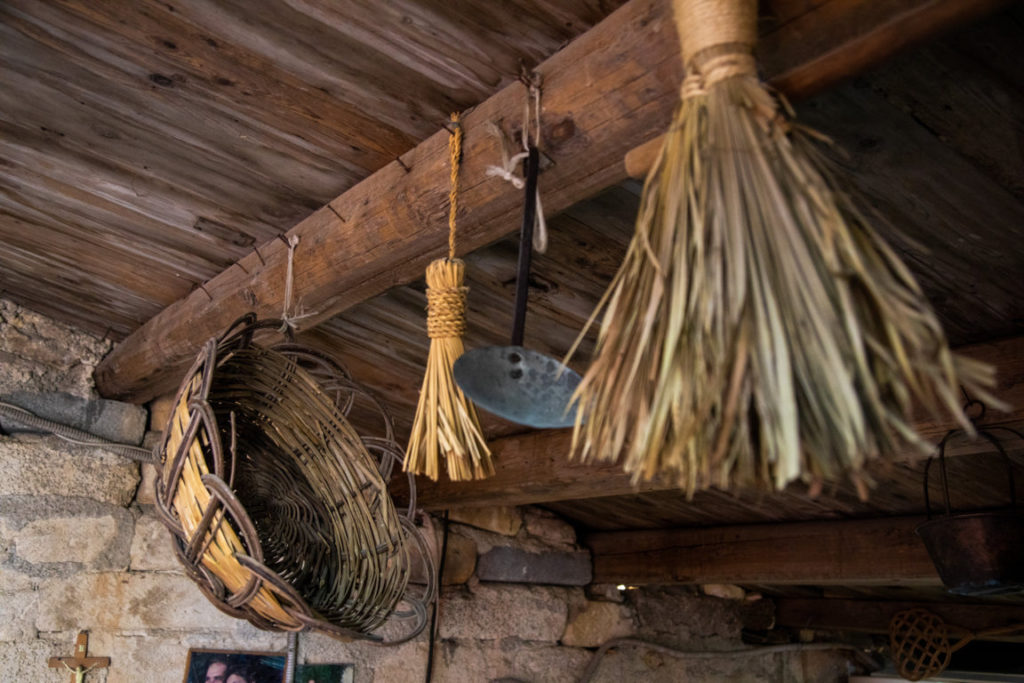The art of weaving in Buscemi
The result of millennia-old wisdom, the weaving of plant materials to create containers for work or household use has today become a “tourist pastime.” Yet what remains is the knowledge of the hands—those hands that shaped raw material, helping, and perhaps even defining, the transition from nature to culture. In the specific case of Buscemi, this knowledge has been partially preserved thanks to both public and private initiatives, including a training course for weaving artisans, which salvaged what could be saved, while renewing the tradition.
Today, techniques can still be reconstructed by interviewing the last elderly men and women who retain the technical know-how passed down to them. These interviews help us piece together various areas of craftsmanship, depending on the materials used—ranging from cane to young shoots (mainly olive), to dwarf palm, to dried wheat stalks called busa or usa. And not least, hemp or other plant fibers woven on the traditional loom—a craft now almost completely vanished.
The baskets (canniscia) made from busa, used as containers for household purposes, were crafted exclusively by women.
During threshing time, women would select the best and most suitable wheat stalks right on the threshing floor. Preferred were the stalks of Bidì wheat, long and very flexible, or equally those of tumminia, known for being sturdier. In making baskets (cannisci), the hands were always central and assisted only by a simple tool called firriettu, which also served as part of women’s hairstyling accessories. Twine was also needed, sometimes waxed by certain women, but only for more delicate work.
The resulting items ranged from simple to highly complex. Most intricate of all was the ziruni, a large, lidded container used to store bread. Next came the small baullino for a young woman’s trousseau; the canniscia ranni, a basket used to carry bread or linen; and the so-called marzapani, a small, lidded box that held a peasant bride’s gold (a modest treasure, to be honest). This was stored in wooden trunks or chests. Finally, there was an entire range of small cannisci used for everyday domestic activities.
This element has been included in the Register of Intangible Heritage of local interest of the Municipality of Buscemi, as part of Intervention 2 “Activation of the Observatory on the Intangible Cultural Heritage of the Territory through the application of the REIL methodology – Register of Intangible Heritage of Local Interest”, within the”Buscemi Borgo Immateriale” project, funded by the NRRP (National Recovery and Resilience Plan), Mission: Digitalisation, innovation, competitiveness, culture and tourism, Component: Tourism and culture 4.0, Investment 2.1 “Attractiveness of villages.” CUP: I84H22000050006.


